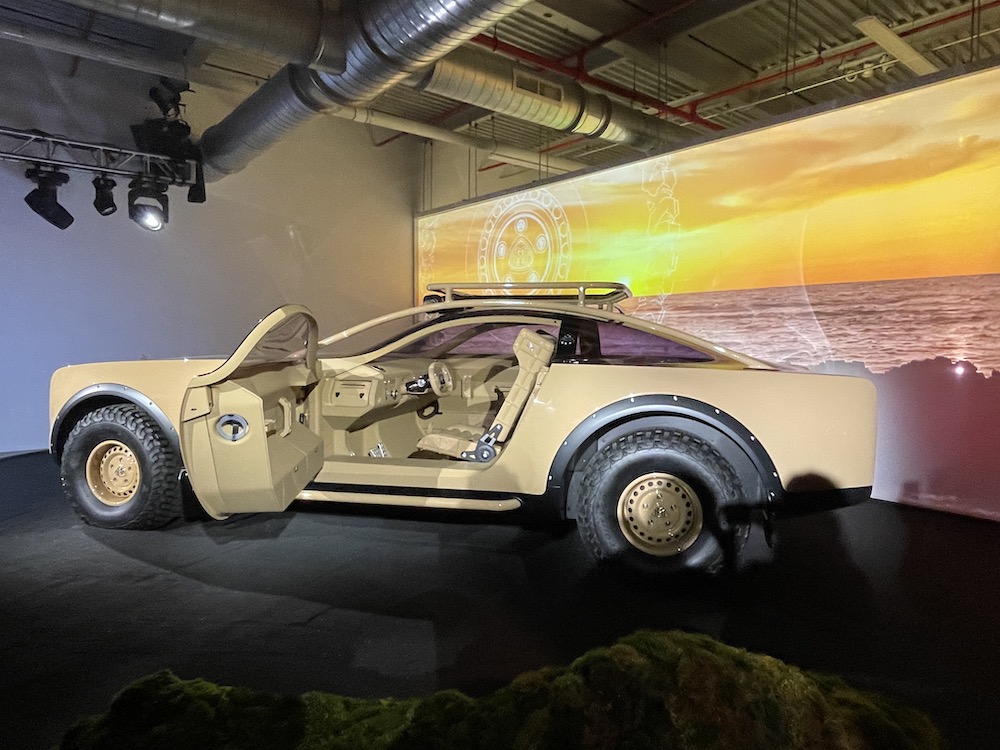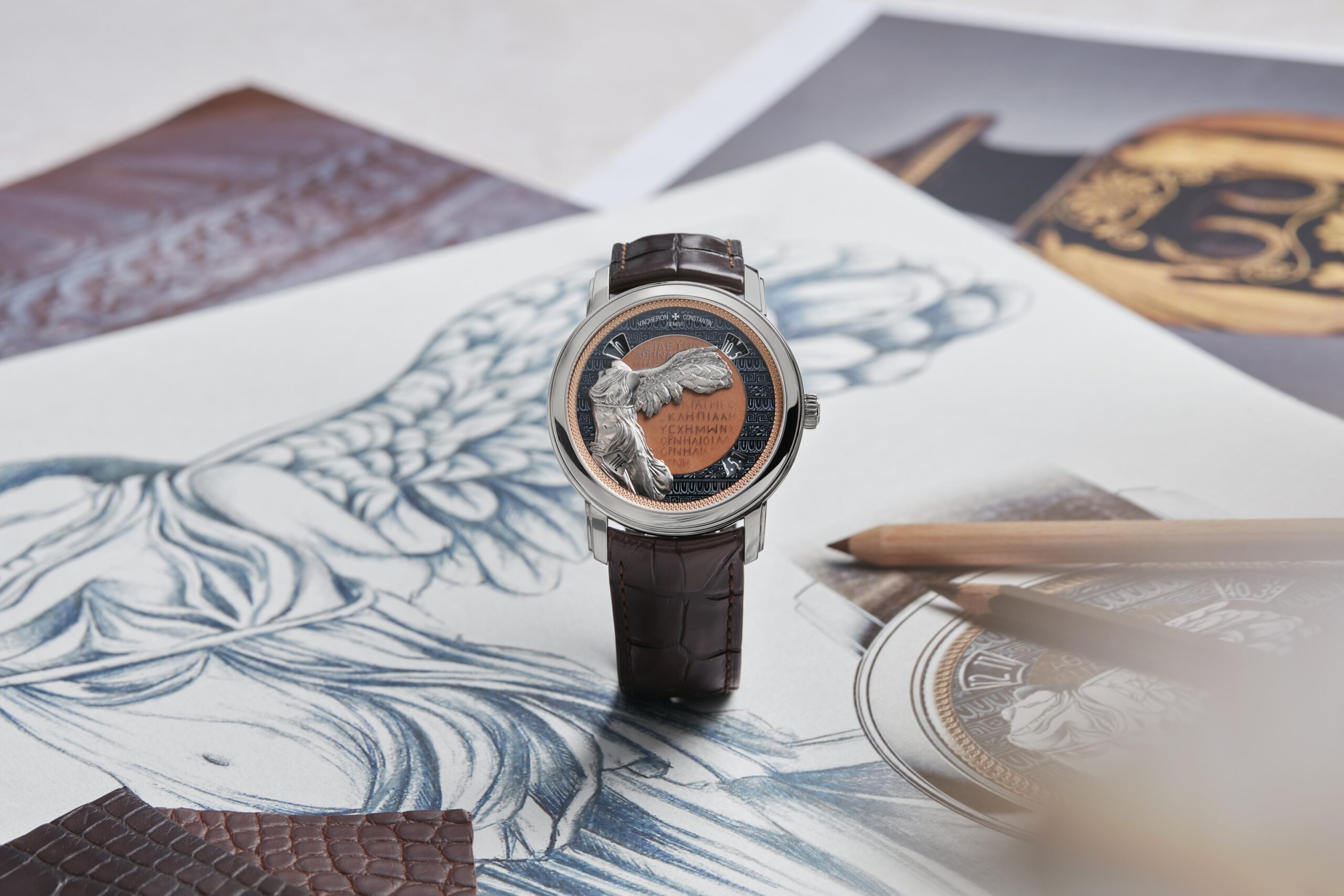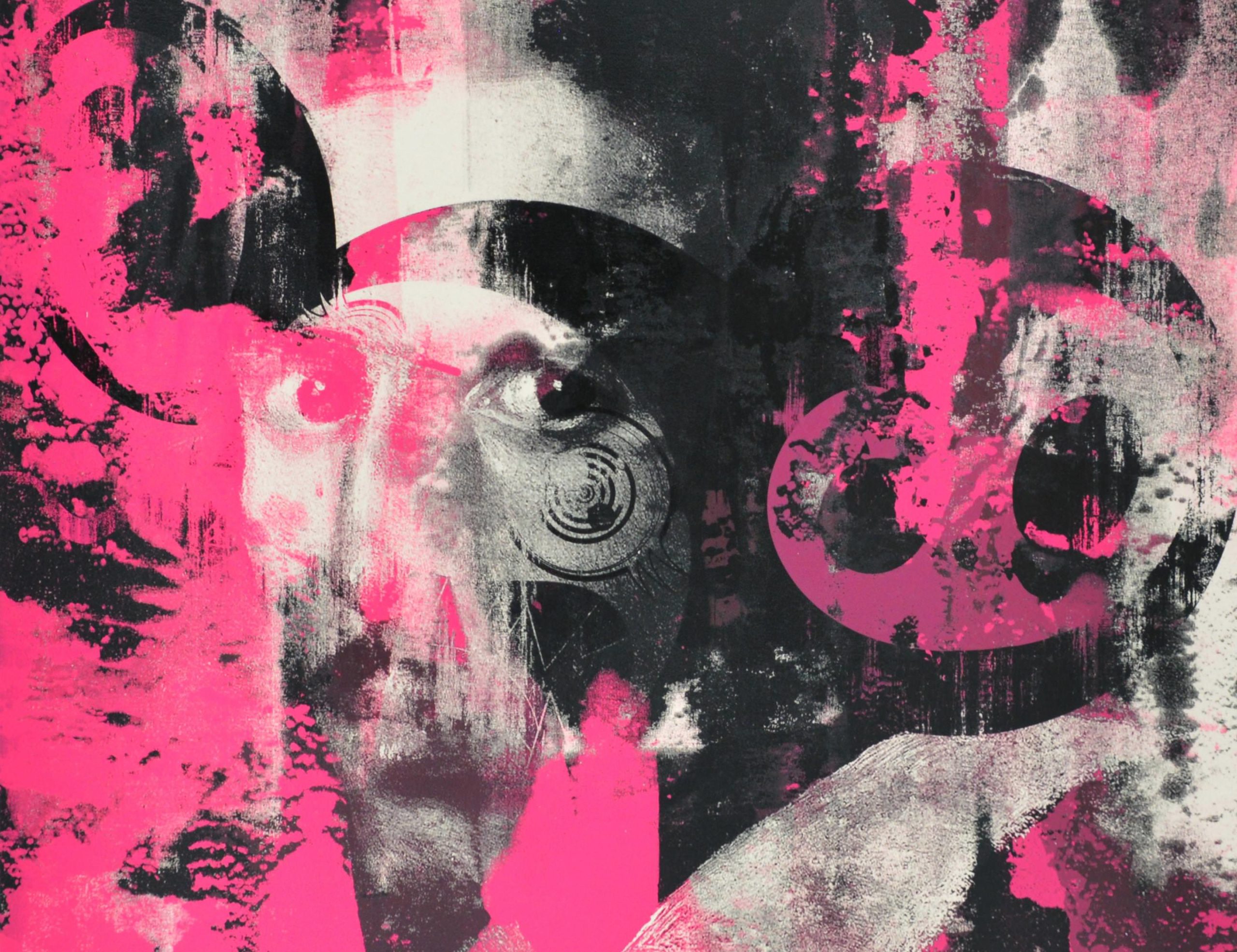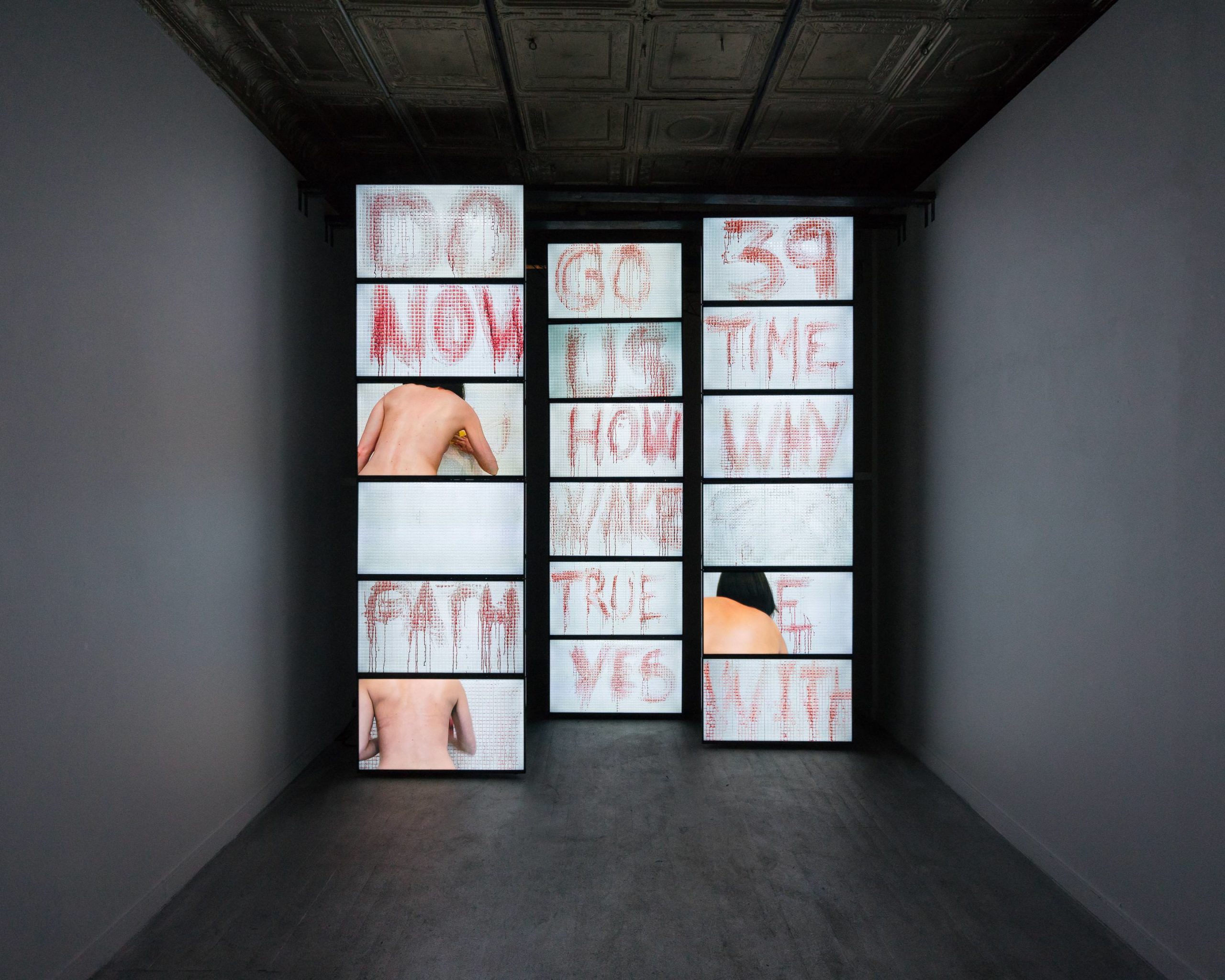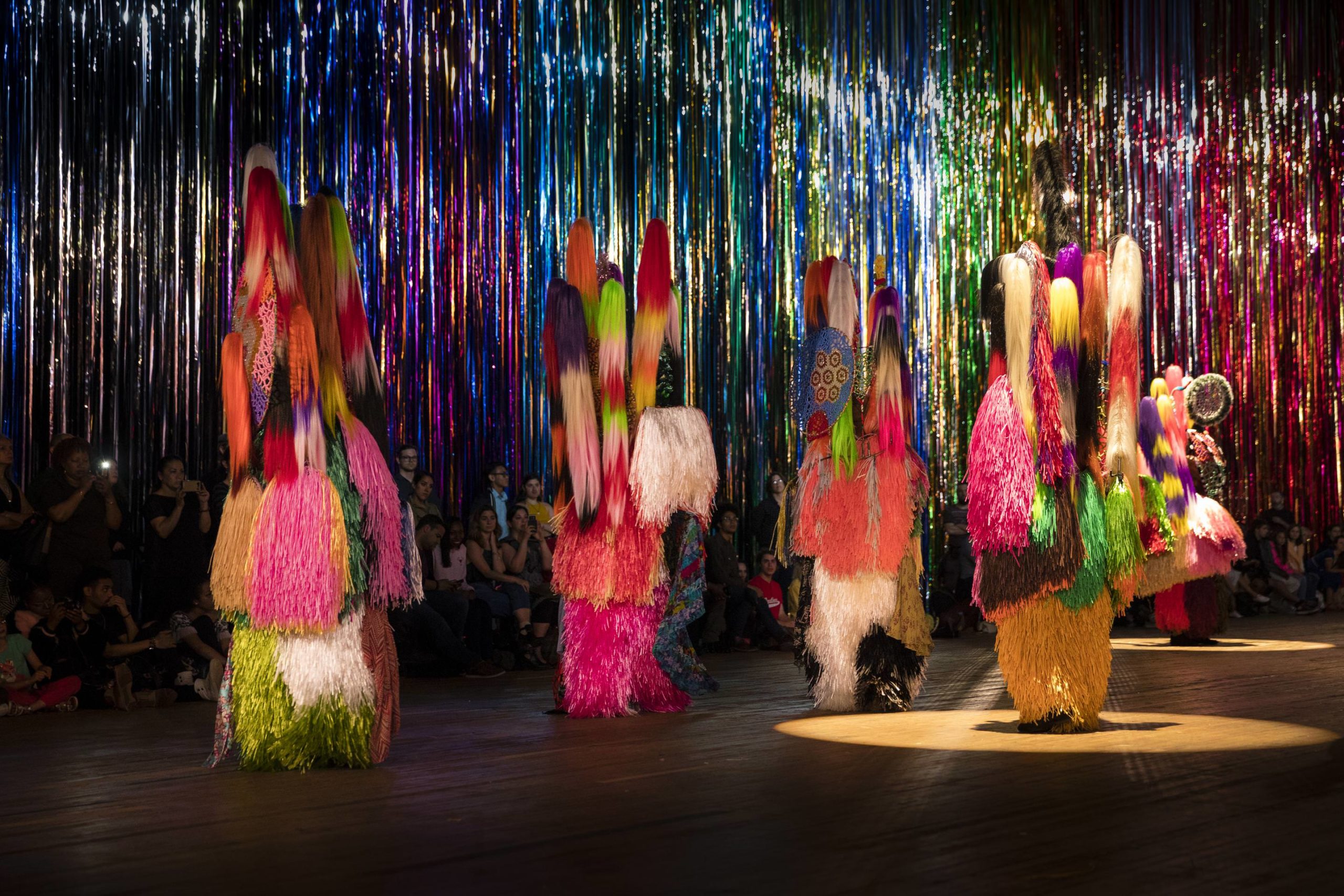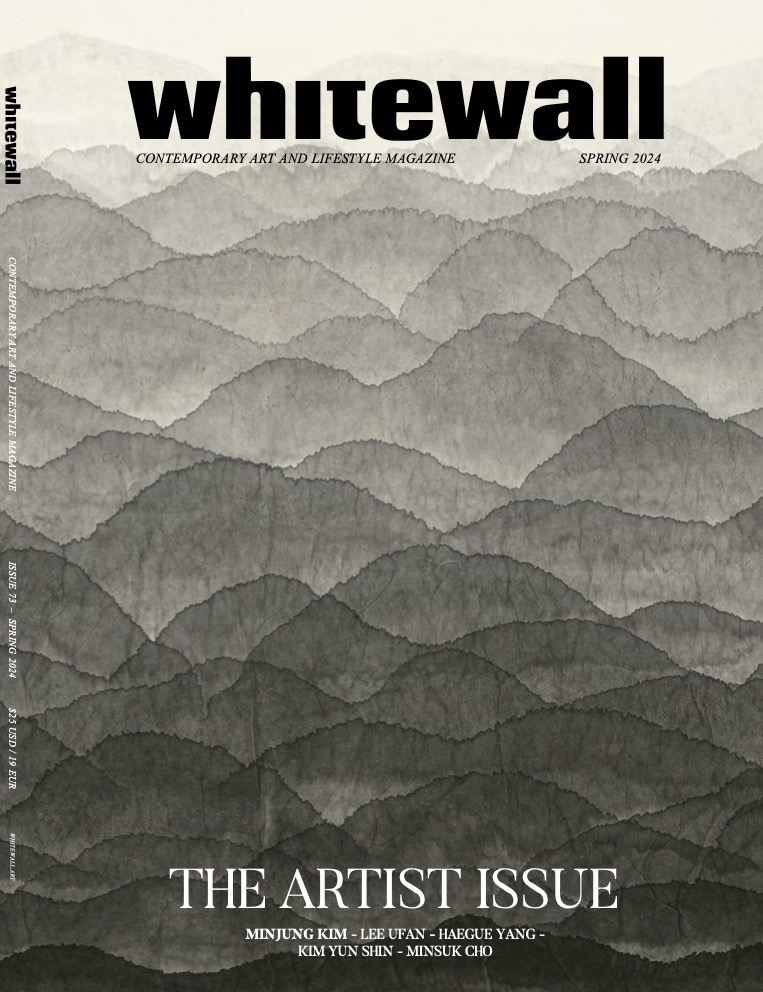Back in 1989, Artschwager was taken with an image from The Boston Globe that haunted him until his death last year. The “running man”— a black silhouette of a guy jogging in a snow-covered park— would become the artist’s motif for his last series, “No More Running Man,” now on view at the Gagosian Gallery on Madison Avenue in New York.
Artschwager was known for his independent style, often categorized as Pop because of his use of industrial materials. He incorporated synthetic materials into his work, such as Formica and Celotex.
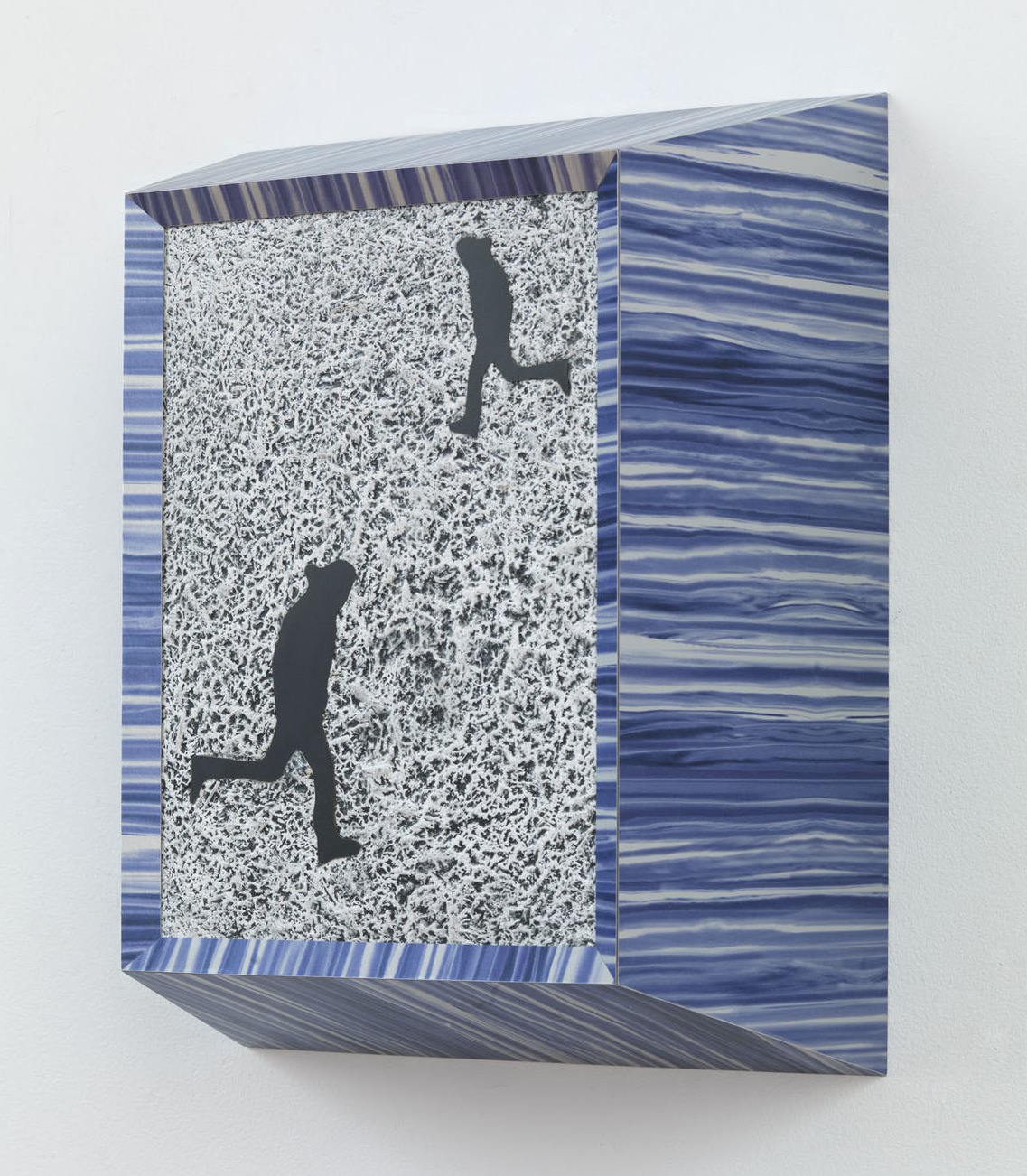
2009
“The art that I make takes place about one step away from the normal stir of human activity,” said Artschwager.
For the series, Artschwager wanted to remove the running man from his context in the newspaper. He placed his outline in Celotex, an antiquated plastic with Van Gogh-like patterns that have a coloring that resembles dirt peeking through a light snowfall. He transformed the onyx profiles into pastel ones, multiplying the image of the running man. In certain pieces, he harkens back to his earlier work by using horsehair and synthetic hair for the running man shapes.
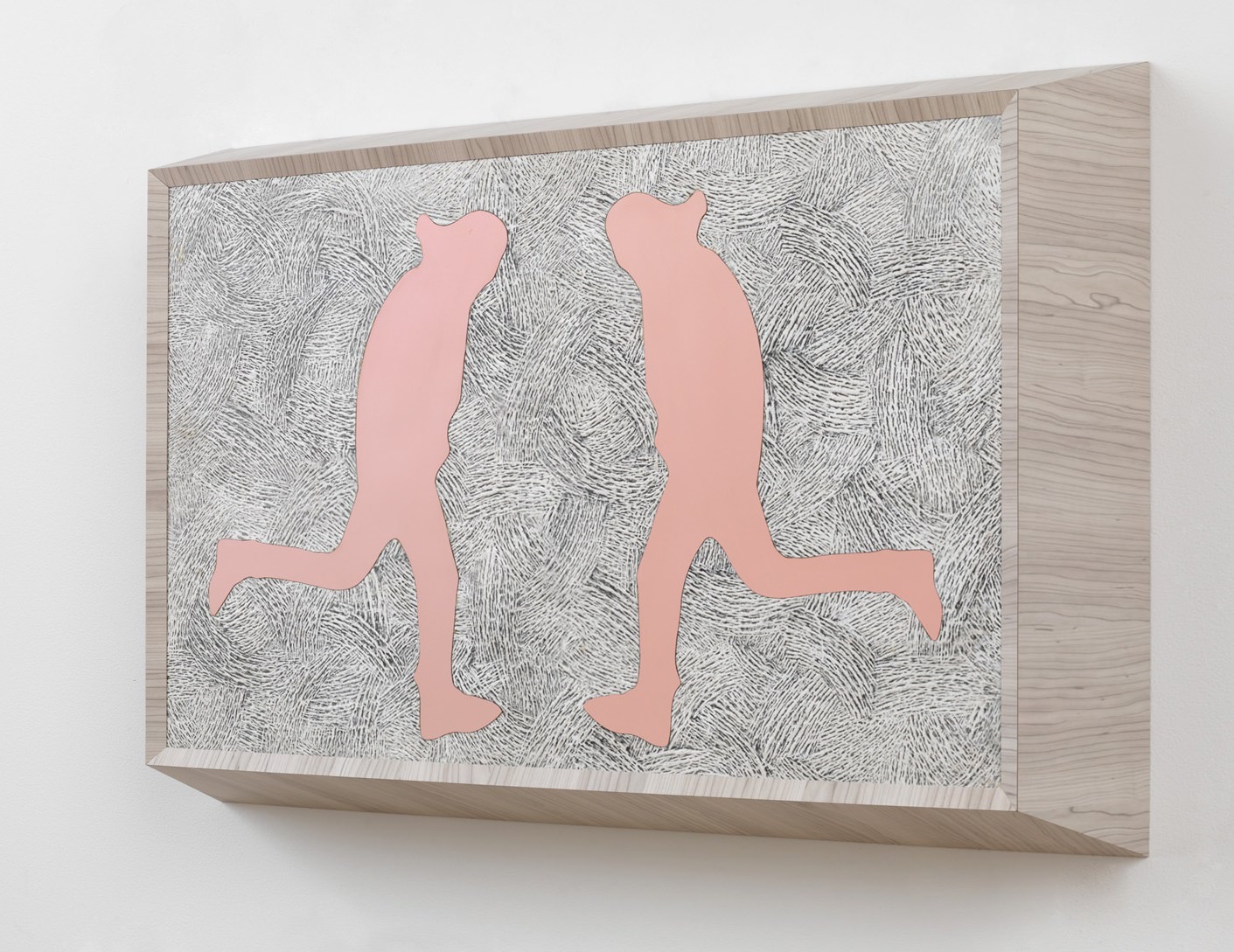
Photography by Robert McKeever
“Artschwager wanted the experience of seeing to become a phenomenological one close to the perception of the real, not in the literal sense, but as a metonym of reality,” writes Robert C. Morgan in his essay “Things Seen as They Are, and/or As They Might Be.”
The pattern of the running man assumes new meaning after Artschwager’s death. The eerie shadow-sculpture pervading his work takes on a different sadness, especially next to pieces such as Standing Self-Portrait, wherein a life-sized illusory nude outline stands, ominously reminding onlookers of his passing, as well as the crypt-like granite sculpture Monument.
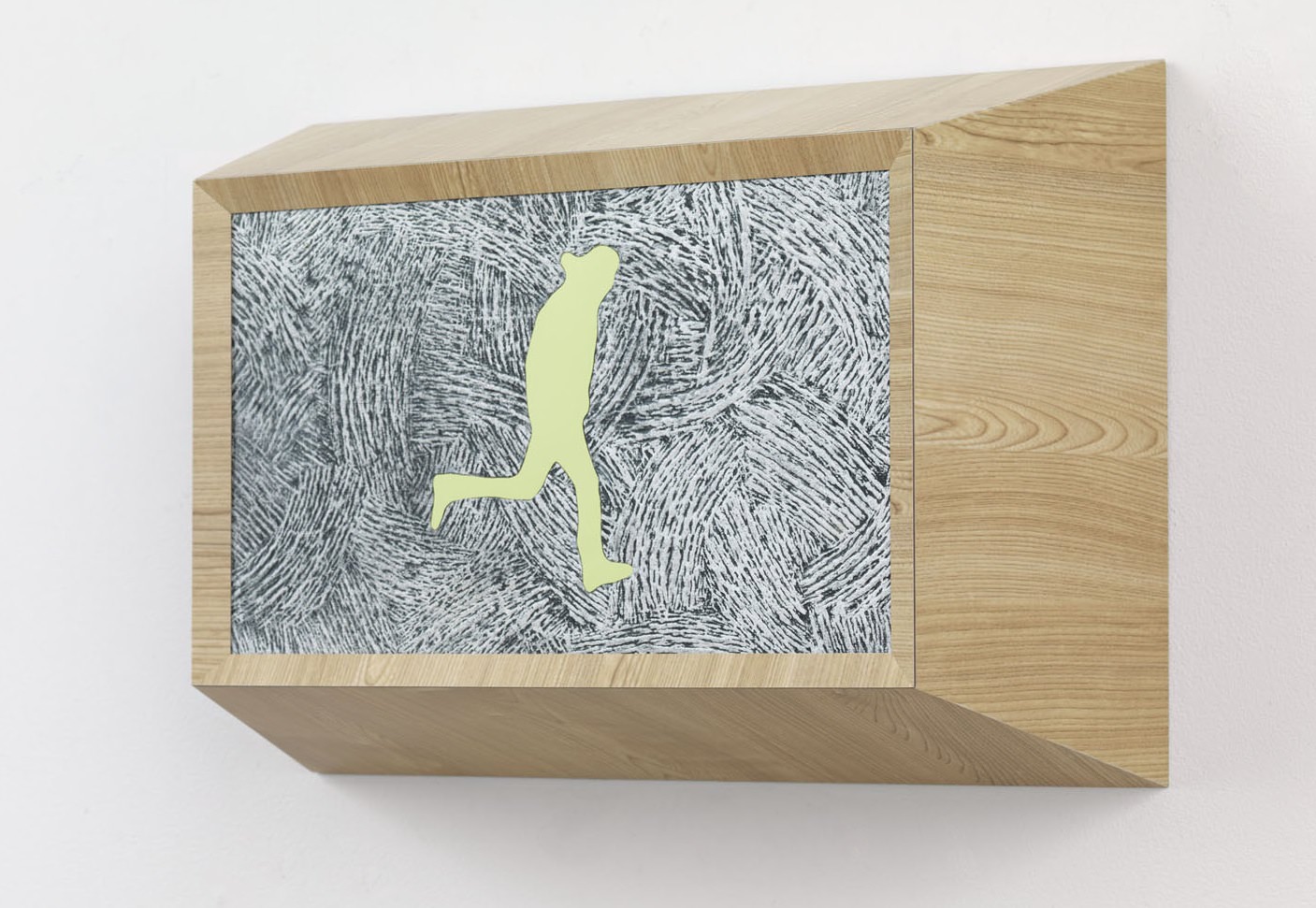
© Richard Artschwager
Courtesy of Gagosian Gallery
“No More Running Man” will be on view at the Gagosian Gallery through February 22.

